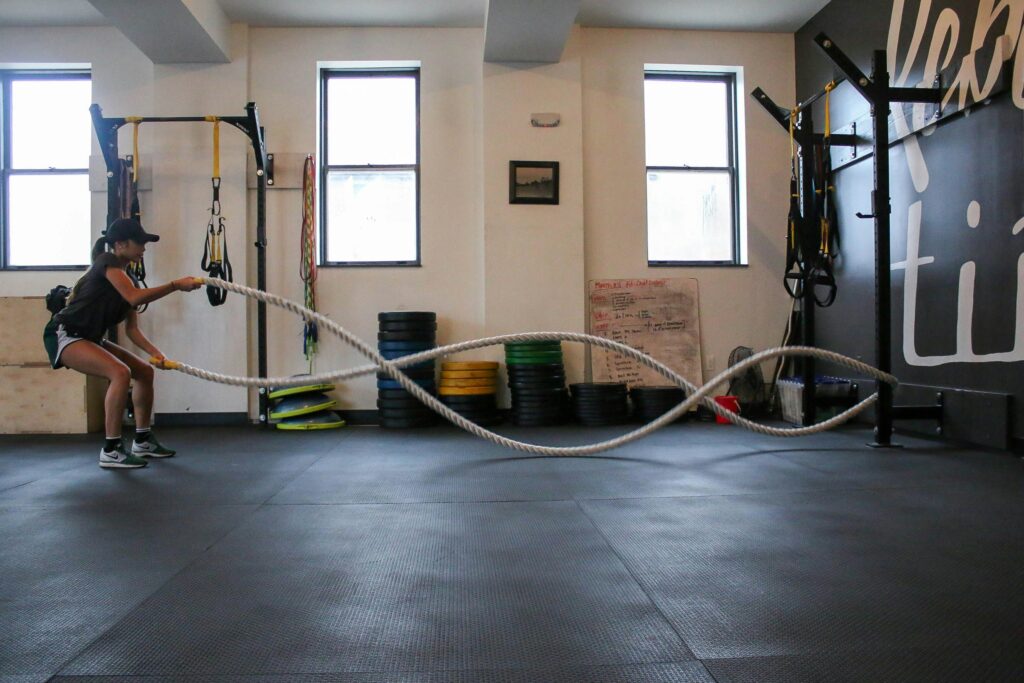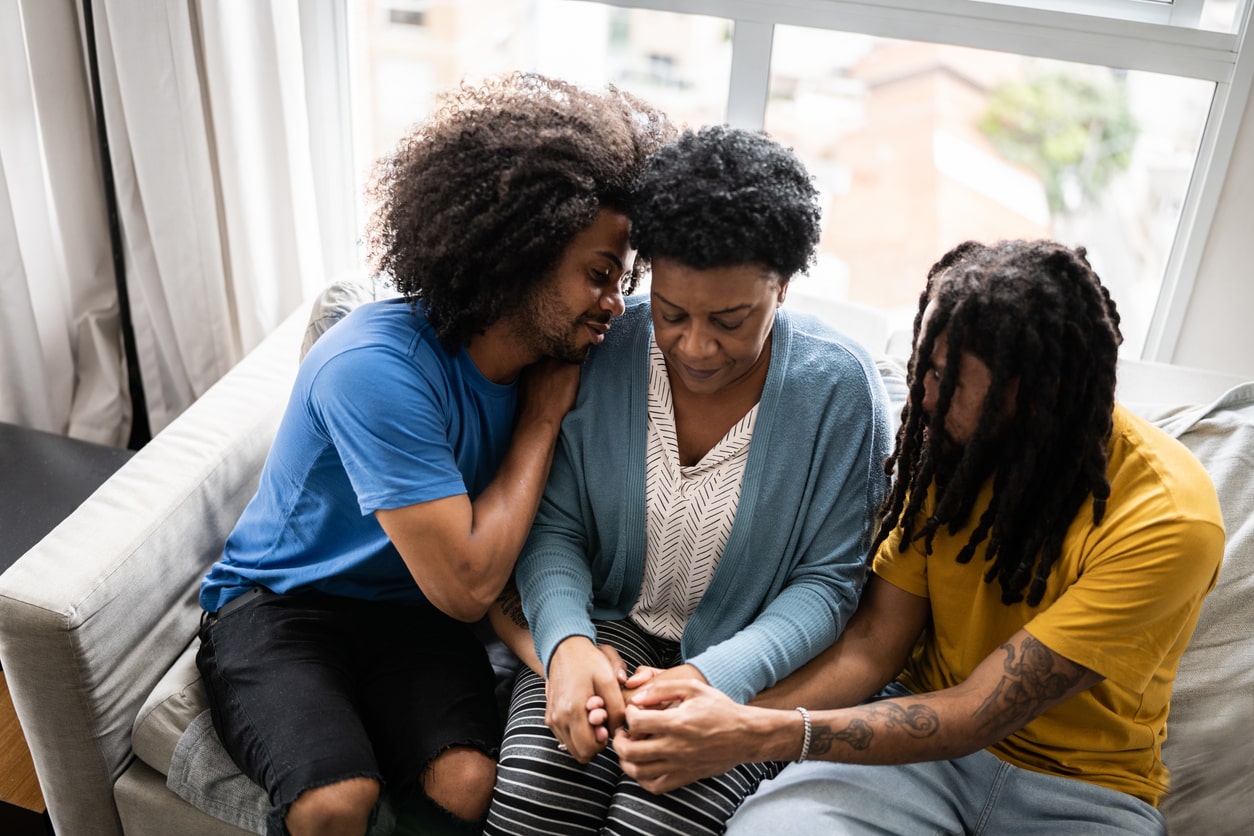Now Reading: Art Therapy Exercises for Recovery: Creative Tools for Healing and Emotional Growth
-
01
Art Therapy Exercises for Recovery: Creative Tools for Healing and Emotional Growth
Art Therapy Exercises for Recovery: Creative Tools for Healing and Emotional Growth

Recovery from addiction is about more than stopping the use of drugs or alcohol. It’s about healing—emotionally, mentally, and spiritually. For many people, traditional talk therapy helps. But sometimes, words aren’t enough. That’s where art therapy exercises for recovery can make a powerful difference.
Art therapy offers people in recovery a creative and safe way to express emotions, reduce stress, and explore their inner world. Whether you’re just starting your recovery journey or have years of sobriety behind you, these creative exercises can help you connect with yourself on a deeper level.
In this article, we’ll explore how art therapy exercises for recovery work, why they help, and what you can try today to support your healing journey.
Why Art Therapy Works in Recovery
Addiction often silences emotions. Many people turn to substances to cope with trauma, depression, or overwhelming feelings. In recovery, those emotions resurface—and they can be hard to manage.
Art therapy exercises for recovery allow individuals to process emotions without having to talk about them directly. Through color, shape, and movement, people begin to understand their feelings, triggers, and thought patterns.
A 2016 study published in Art Therapy: Journal of the American Art Therapy Association found that individuals who participated in art-making reported lower stress levels and increased emotional clarity after just 45 minutes of creative activity 1.
Art therapy also supports the development of mindfulness, which is proven to reduce cravings and improve emotional regulation during addiction treatment.
Benefits of Art Therapy Exercises for Recovery
1. Emotional Expression Without Words
Sometimes, emotions are too difficult to explain with language. Art allows those feelings to emerge naturally and safely.
2. Stress Reduction
Creating art helps activate the body’s relaxation response, lowering cortisol (the stress hormone) and helping the nervous system settle.
3. Improved Self-Awareness
As you create, you begin to notice patterns in your thinking and behavior. This helps you become more aware of triggers and emotional needs.
4. Boosts Confidence and Self-Worth
Completing a piece of art—no matter how simple—can bring a sense of achievement and pride, helping rebuild self-esteem damaged by addiction.
5. Supports Identity and Purpose
Art therapy helps you reconnect with who you are beyond addiction. You begin to see yourself as creative, capable, and worthy of healing.
Getting Started: 8 Effective Art Therapy Exercises for Recovery
You don’t need to be an artist to benefit. These exercises focus on the process, not the final result. Use what you have—colored pencils, markers, paints, or even a pen and notebook.
Here are some of the most effective art therapy exercises for recovery:
1. Draw Your Emotions
Take a moment to reflect on how you’re feeling. Then use colors, shapes, and lines to express those emotions visually.
- Use red for anger, blue for sadness, or yellow for hope—whatever feels right to you.
- Don’t worry about making it look “good.” Focus on what feels honest.
Why it works: This helps you release emotional tension and become more in tune with what you’re experiencing internally.
2. Create a Safe Place Collage
Cut out images from magazines or draw scenes that represent a place where you feel completely safe, calm, and supported.
Why it works: This creates a visual tool for grounding. You can return to this image in moments of stress or craving.

3. Recovery Timeline
Draw a timeline of your journey—starting before addiction, through the highs and lows, to where you are now. Include words, dates, or symbols that represent key moments.
Why it works: This helps you reflect on how far you’ve come and allows you to recognize patterns and turning points.
4. Self-Portrait Series
Draw yourself in three stages:
- Who you were during addiction
- Who you are today
- Who you want to become in the future
Why it works: This promotes self-awareness and goal-setting, helping you visualize your growth and potential.
5. Feelings Mandala
Draw a circle (mandala) and fill it with shapes, patterns, and colors that represent how you feel in the moment.
Why it works: Mandalas are meditative and calming. They promote focus and emotional release.
6. Letter to My Addiction (with Visuals)
Write a letter to your addiction. Then create a visual representation of it—using symbols, colors, or shapes.
Why it works: This allows you to express anger, grief, or even gratitude in a creative and therapeutic way.
7. Vision Board for Recovery
Create a collage or drawing of your goals, values, and dreams for life after addiction.
Why it works: A visual reminder of your goals can increase motivation and focus. It gives you something to look forward to.
8. Gratitude Doodles
Every day, draw something simple that represents what you’re grateful for—a cup of coffee, the sun, a friend. Keep these doodles in a journal.
Why it works: Gratitude improves mood and helps shift focus from what’s missing to what’s meaningful.
Real-Life Story: Healing Through Art
Liam, 29, struggled with cocaine addiction and was hesitant to try art therapy during treatment.
“I thought it was silly at first. But when I started drawing what I felt instead of talking about it, something clicked. It helped me feel calmer. Eventually, I began to understand my emotions more clearly.”
Today, Liam continues to draw as part of his ongoing recovery routine. “It’s my way of checking in with myself,” he says.
Tips for Making Art Therapy Part of Your Recovery Routine
- Set aside 10–15 minutes daily for creative reflection.
- Keep supplies nearby—you don’t need expensive tools.
- Be kind to yourself—there’s no right or wrong in art therapy.
- Reflect on your creations—what did you feel before, during, and after?
- Consider working with a professional art therapist if possible, especially if trauma is involved.
Final Thoughts: Creativity as a Bridge to Healing
Recovery is a deeply personal process. It involves learning new ways to feel, express, and understand yourself. Art therapy exercises for recovery offer a nonverbal, compassionate path to explore emotions, reduce stress, and rediscover your voice.
You don’t have to be an artist. You only need an open heart and a willingness to try. One sketch, one scribble, or one collage at a time—you can use art to connect with the parts of you that are ready to heal.
Start where you are. Let your recovery unfold in color.
Sources
- Kaimal, G., Ray, K., & Muniz, J. (2016). Reduction of Cortisol Levels and Participants’ Responses Following Art Making. Art Therapy Journal. ↩

Hi, I’m Kristi Jenkins, a passionate blogger and content writer with a love for storytelling. With years of experience in writing engaging and insightful articles, I focus on topics like mental health, lifestyle, and personal growth. My goal is to create content that inspires, educates, and connects with readers on a deeper level.


























